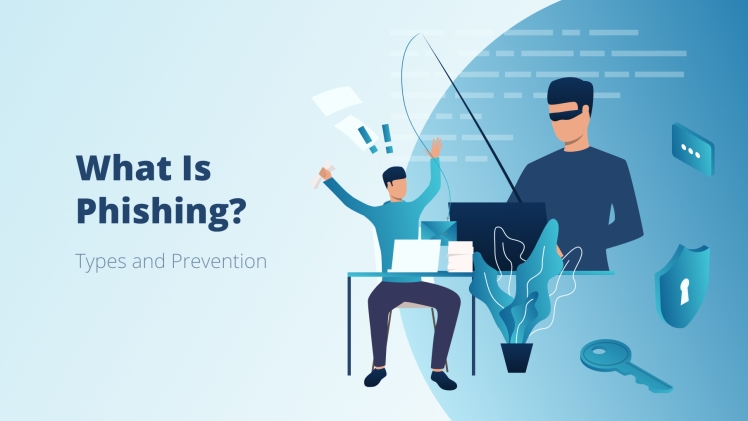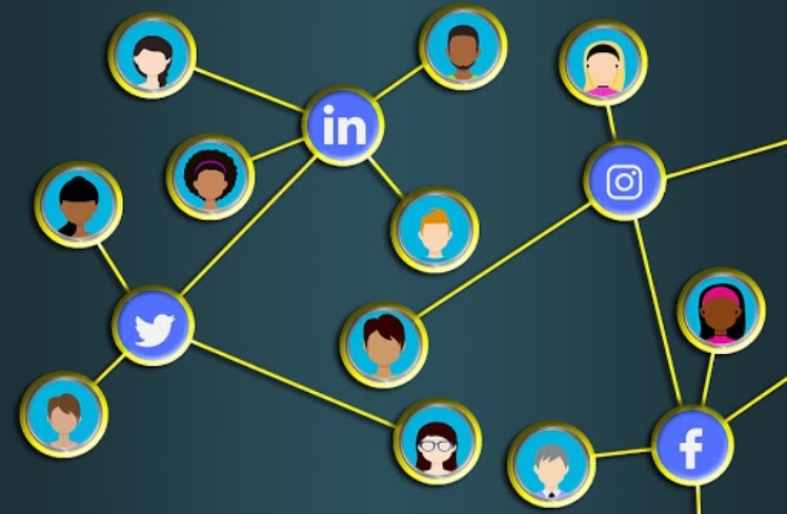What is the origin of the name “phishing”?

Overall, the word “phishing” refers to these types of frauds, which are a modified form of “fishing,” except that in this case “fishing” refers to the criminal, who is attempting to capture and reel you in with a deceptive email bait.
According to hacker folklore, the term “phreaks” or “phreakers” refers to those who reverse-engineered cell phones in order to make free phone calls.
When did the practise of phishing become started?
The general belief is that in the mid-1990s, software tools like AOHell were used to collect AOL user names and passwords for the first time. Users had never seen anything like these early assaults before, thus they were a success. Phishing continued to be effective despite AOL’s warnings to users about the dangers, and it’s still there after 20 years. For one simple reason, it hasn’t changed much throughout the years: it works.
What is the history of phishing?
When it comes to the fundamentals of phishing, very little has changed over the last two decades while technology and the way we access information on the internet have evolved. Due to the increase in home internet usage and personal email addresses after the original AOL assaults, email has emerged as the most attractive attack channel for phishing schemes.
There were several tell-tale signals in early phishing schemes that they weren’t authentic, including unusual wording, bizarre formatting, low-res graphics, and statements that frequently didn’t make sense. The early internet users had even less knowledge about possible hazards, thus these assaults were nevertheless successful – and many of them remain so.
The prince who wants to give you his riches because you’re his only long-lost cousin is still an evident phishing effort, but other phishing attempts have gotten so sophisticated that it’s almost difficult to tell them apart from genuine communications. Some may even seem to be sent by friends, relatives, coworkers, or even your employer, depending on how they are worded. If you a الابتزاز الإلكتروني problem, please visit our site.
How much do phishing scams set you back?
It’s difficult to estimate the whole cost of fraud caused by phishing scams, but the FBI estimates that such schemes cost US businesses $5 billion a year, with thousands of businesses falling victim to frauds every year.
MacEwan University in Edmonton, Alberta, Canada was scammed by a phishing attack in July of that year, according to reports.
“One of the university’s key suppliers had its electronic banking details changed after receiving a series of bogus emails. Staff transferred $11.8 million to a vendor-owned bank account after discovering the scam “According to a statement released by the university. الابتزاز العاطفي can be very dangerous, you should immediately take action.
Scams using phishing are called “phishing scams.”
The’spray and pray’ assault is the simplest sort of phishing, in which generic communications are sent to a large number of people at once. A common ploy used by scammers is to send out messages like “Your bank has sent an urgent message” or “You’ve won the lotto.” Some emails try to instil terror in their recipients by implying that the recipient is wanted for questioning and will be arrested if they don’t click through.




